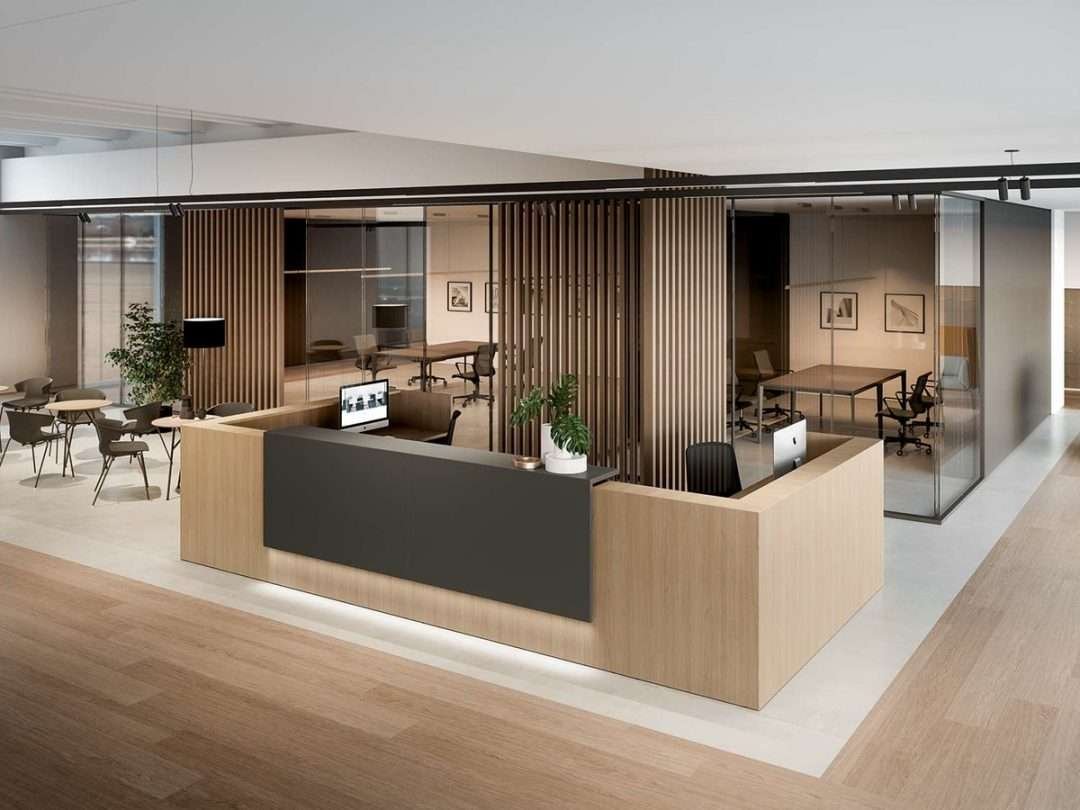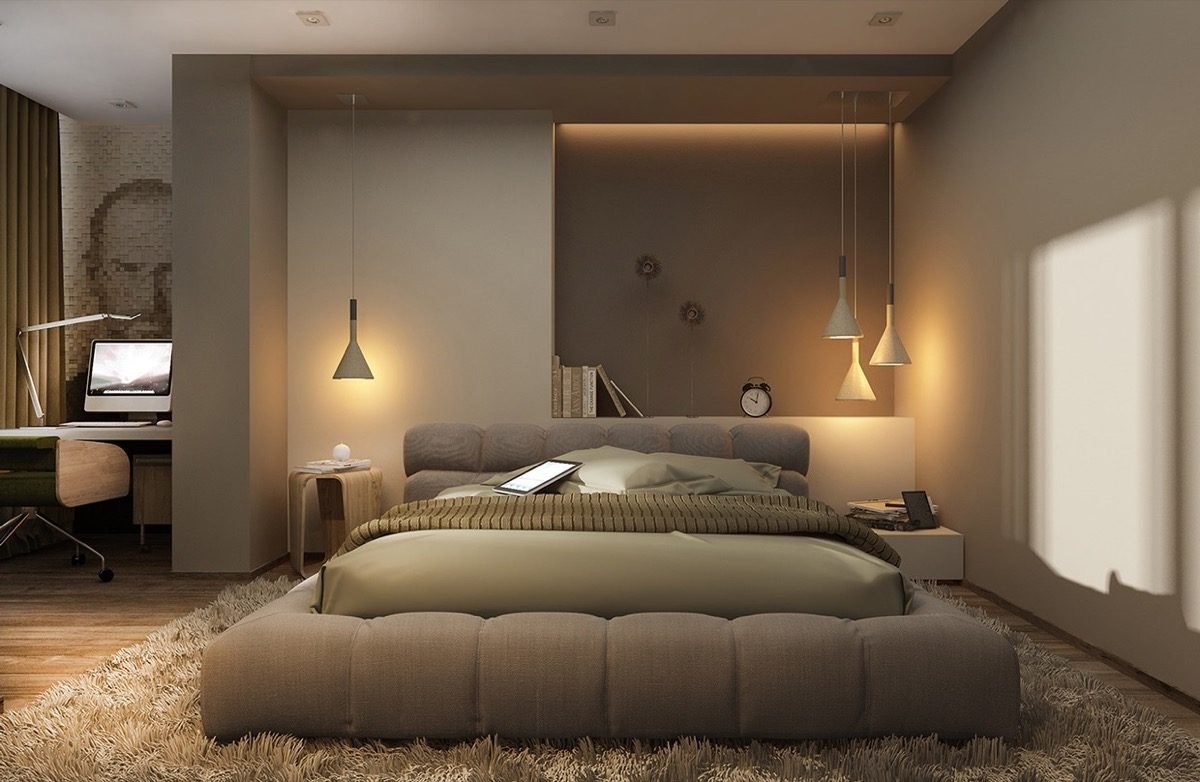Retail Design Psychology: How Interior Choices Influence Shopping Behavior

The layout and design of a retail space can significantly impact how consumers interact with the products and navigate the store. Understanding the psychology behind retail design can help business owners create environments that not only enhance the shopping experience but also encourage sales. Here’s an insightful look into how various design elements can affect consumer behavior.
The Influence of Color
Color psychology plays a pivotal role in retail environments. Different colors can evoke different emotions and behaviors from shoppers. For example, red can create a sense of urgency, often used in clearance sales, while blue can create a calming atmosphere, encouraging shoppers to spend more time in the store. Choosing the right color palette can help set the mood you want and align with your brand identity.
Lighting and Its Effects
Lighting is another crucial element that affects shopping behavior. Bright lighting can highlight products and make the space feel more inviting, while softer lighting can create a luxurious and intimate atmosphere, ideal for high-end retailers. Effective use of lighting can guide shoppers through the store, spotlighting key products and promotions.
Layout and Flow
The arrangement of a store significantly affects how customers navigate and interact with products. A well-planned layout can lead to increased dwell time and, subsequently, more purchases. Open layouts with easy-to-access displays encourage exploration, while strategic placement of high-demand or high-margin items along the path can boost sales.
Sensory Marketing: Smell and Sound
Engaging multiple senses can enhance the consumer’s shopping experience. The subtle use of scent can increase the likelihood of purchase by creating a pleasant shopping environment. Similarly, background music can affect the pace at which shoppers move through the store and influence their overall mood. For instance, slower music can slow down shoppers, making them more likely to browse for longer periods.
Signage and Visual Communication
Effective signage serves as a silent salesperson. Clear, compelling signs can guide shoppers, provide product information, and highlight promotions. The style, font, and location of signs can influence how information is received and guide the decision-making process.
Creating Experiential Spaces
Experiential retail, which integrates interactive elements that engage shoppers, is becoming increasingly popular. These experiences can range from digital try-ons to interactive product demos, making shopping more engaging and memorable. Creating these experiences requires careful design to seamlessly integrate technology and physical space.
Conclusion
At Urban Canvas Design Studio, we specialize in creating retail spaces that not only look appealing but are also optimized for maximum consumer engagement and sales. Understanding the psychology behind retail design allows us to craft spaces that positively influence consumer behaviour, enhancing the shopping experience and boosting business performance.
Ready to transform your retail space into a captivating shopping destination? Contact Urban Canvas Design Studio by filling out the form below. Let’s create a space that not only meets your aesthetic and functional needs but also strategically influences consumer behavior to achieve your business goals. For more information or to book a consultation, contact Urban Canvas at +91 81001 12900 or hello@ucmail.in






